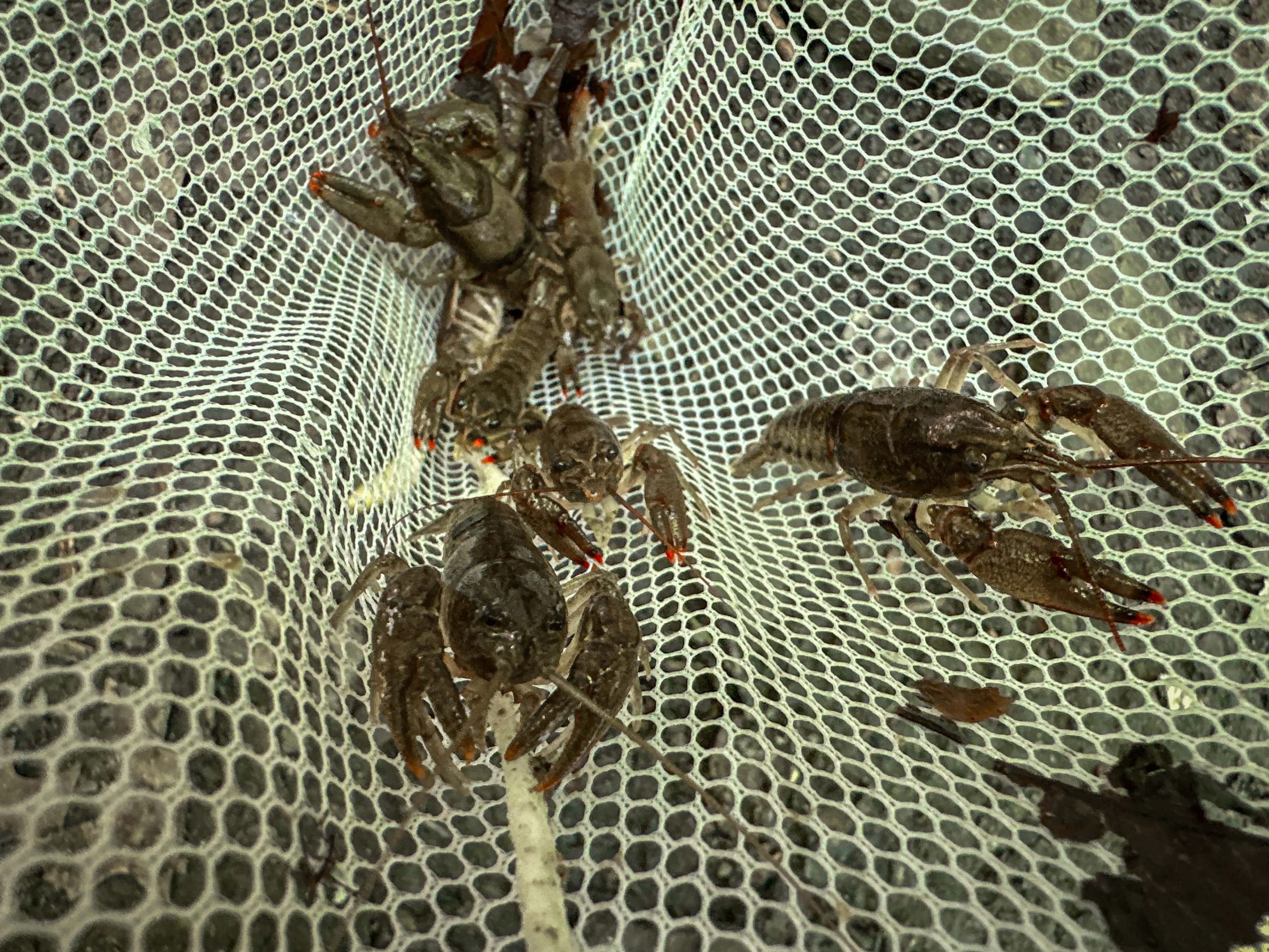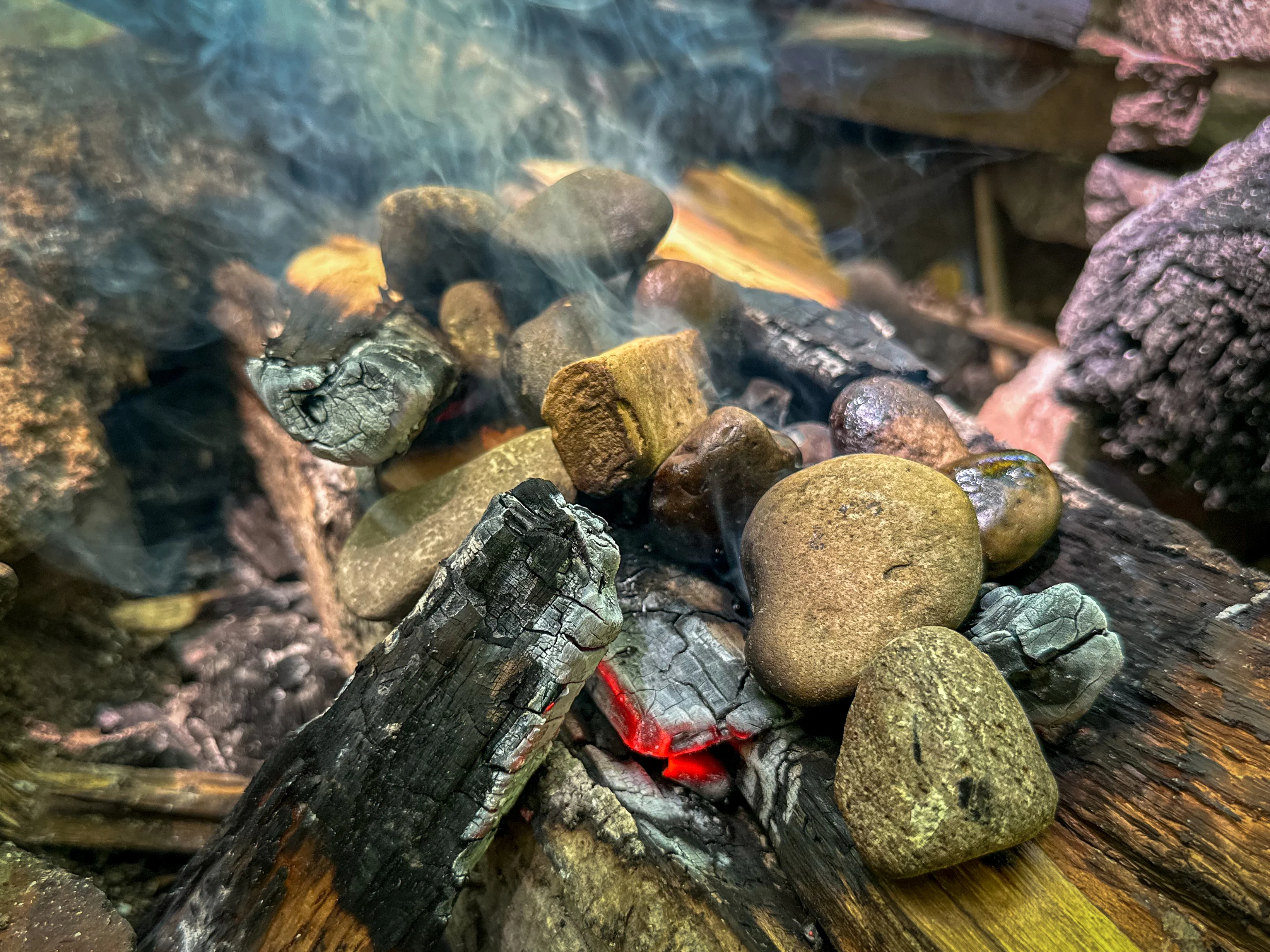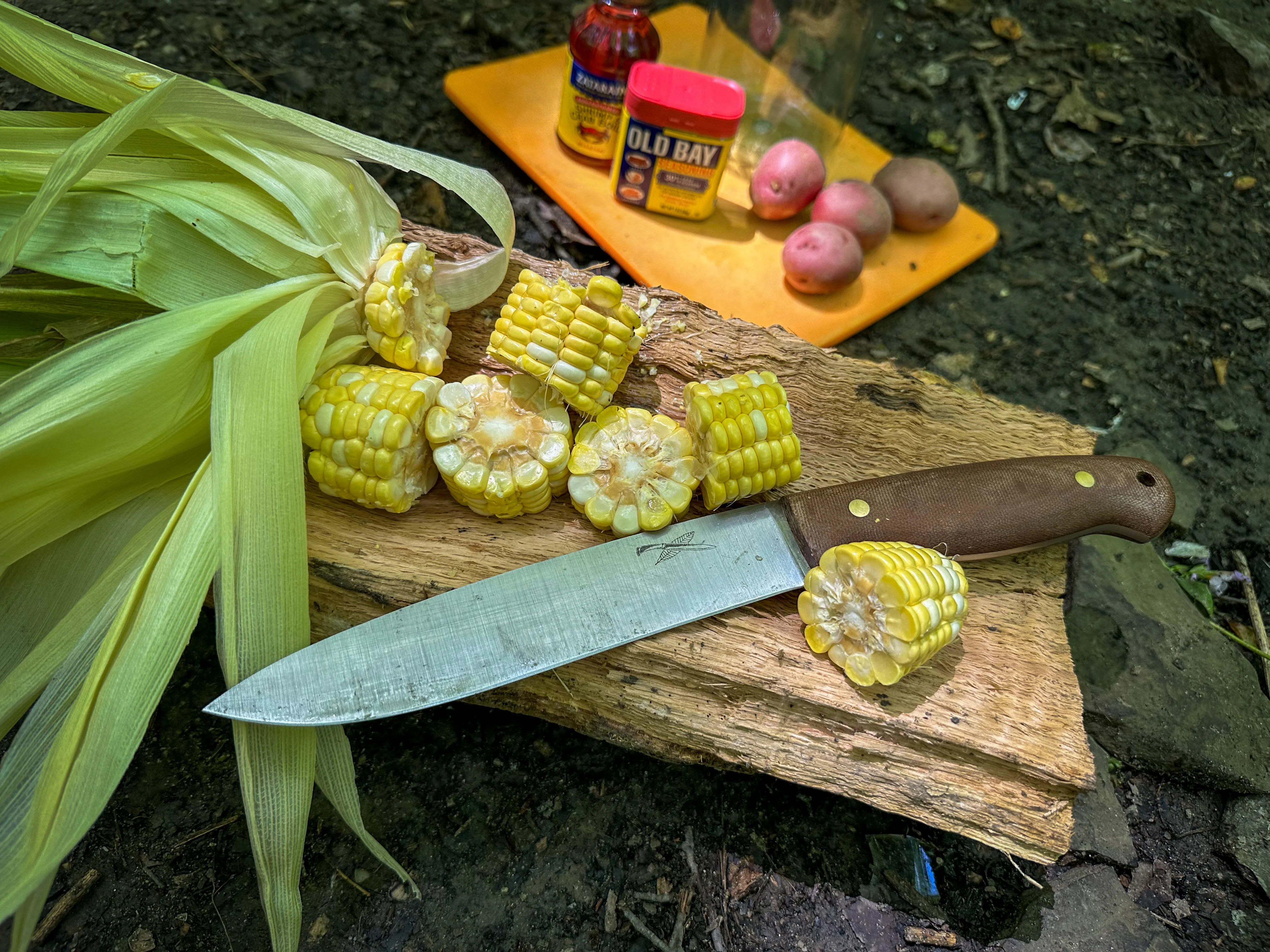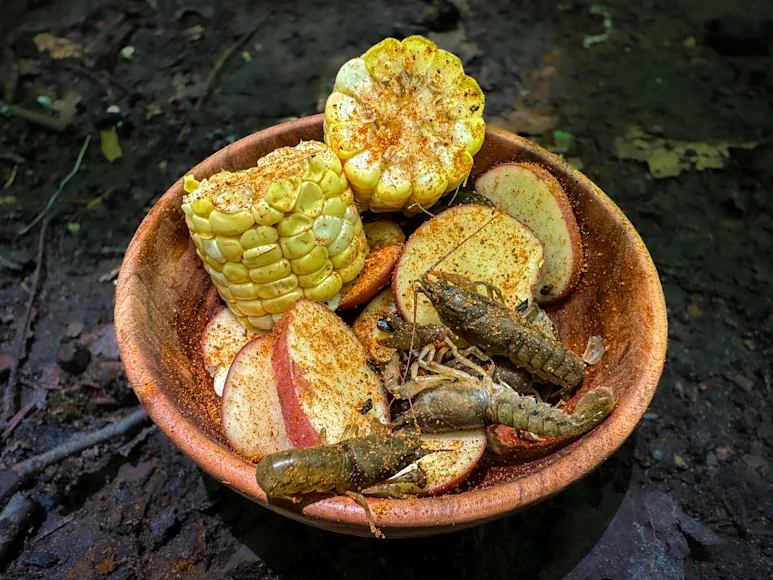There's nothing quite like a crawfish boil to bring friends together, celebrating good food and good times. But what if you could take that experience into the great outdoors in a way that's compact, efficient, and a little unconventional? Enter the Nalgene bottle crawfish boil—a survivalist twist on a southern classic.
Let me be clear: This is not one of those crawfish boils where the whole neighborhood gets together and feasts for a couple of hours. Think of it as a backcountry meal with similar enjoyment. This guide will walk you through the process of creating a crawfish boil using just a Nalgene bottle, some rocks, and a bit of ingenuity. It's an adventure in outdoor cooking that's perfect for camping trips.

The Concept: Backcountry Crawfish Boil
Using a Nalgene bottle for a crawfish boil might sound unconventional, but it's a creative solution for those who love to cook in the wild. The key lies in using the right materials and techniques to ensure safety and success. The concept is simple: Heat rocks in a fire, place them in the Nalgene bottle along with your ingredients (listed below), and let the magic happen. The last time I cooked this meal, it took me four changes of hot rocks in the water to get everything to an adequately cooked temperature.
What You'll Need
Nalgene Bottle: Opt for a wide-mouth, BPA-free model. The wide mouth makes it easier to add and remove ingredients, and BPA-free plastic ensures no harmful chemicals leach into your food.
Crawfish: Use fresh or frozen, depending on availability. I used this as an opportunity to get out and catch crawfish them myself utilizing a small minnow net. As many know, crawfish basically swim backward. Putting the net behind them, and slightly pushing water from the front will make them want to move away. As soon as they start to move, scoop them up in the net. I used my wife’s hair tie to cordone off the ones already caught from the one I was attempting to catch.

Seasonings: Traditional crawfish-boil spices, such as cayenne pepper, paprika, thyme, bay leaves, salt, and lemon work well here, too. I used some Old Bay seasoning for this one from a travel size container I keep in my truck food supplies. If the season is right, you can add in edible plants to offer similar seasoning. Something like bittercress is a great addition to spice a dish up like this.
Vegetables: Add corn on the cob (cut into pieces), small potatoes, and any other vegetables you like in your boil. Since this is done in small batches and you can only get so much heat from rocks. I recommend you cut things up smaller than you would when doing a boil at home or camp. The smaller items are much easier to get cooked fully.
Rocks: Smooth, non-porous rocks that can withstand high heat without cracking work best here. Avoid rocks from rivers or streams as they might contain moisture that can cause them to explode when heated. Even under the best of circumstances and rock choices, these rocks will often crack in the bottle after they take on water. Typically, this is not something that causes issues for the bottle. However, this does mean you could have small pieces of rock in your boil. It is best to eat with caution and even wash your food with warm water after they are removed from the bottle.
Fire: A campfire or any other heat source to heat the rocks will do the trick. I chose some red oak to build this fire. Oak and other hardwood species burn hot and slow and create coals that do the same. You will get the most heat on your rocks if they are allowed to sit in the coals for several minutes.

Directions: How to Cook a Backcountry Crawfish Boil
Prep Work
Collect Rocks: Find rocks that are about the size of golf balls. Smooth, dense rocks work best. Again, avoid rocks with cracks or any signs of moisture. I get enough rocks so I can have three changes of them for this setup. That way when I start the boil portion, I can take the used ones out and replace but always have another set to replace them with from the fire.
Heat the Rocks: Build a campfire and place the rocks in the fire. Let them heat up for about 30-45 minutes. The rocks need to be extremely hot to generate enough heat to cook the crawfish.

Prepare the Ingredients: While the rocks are heating, prepare your ingredients. Clean the crawfish thoroughly if they are fresh. Cut the vegetables into small pieces that they will fit easily into the bottle.
Add the Seasonings: Mix your seasonings right in the bottle. The beauty of a crawfish boil is the flavor, so don't skimp on the spices. Aim for a robust mix that will infuse the crawfish and vegetables with a delicious, spicy kick.

Cooking Process
Place the Rocks in the Bottle: Using tongs or a sturdy stick, carefully place the heated rocks into the Nalgene bottle. Fill the bottle about halfway with rocks. Be very cautious during this step to avoid burns.
Add the Ingredients: Quickly add your crawfish, vegetables, and seasoning mix to the bottle. The hot rocks will start to cook the ingredients immediately, so work fast. I add the crawfish in the same manner as I would at a big boil. Meaning, I put them in whole to the mixture.
Seal and Shake: Seal the Nalgene bottle tightly. Shake it gently to ensure the heat from the rocks distributes evenly and the spices coat everything inside.
Let It Cook: Place the bottle in a safe spot, preferably upright. Let it sit for about 10-15 minutes. The residual heat from the rocks will cook the crawfish and vegetables. Once you can feel the bottle has started to cool, then replace the rocks with a new batch from the fire a more thorough cooking. How many times you do this will be up to you. The potatoes are my best indicator incredient, when the are cooked fully they will be soft and start to fall apart. When this happens the other ingredients, including the crawfish will be cooked thoroughly as well.
Why Try a Nalgene Bottle Crawfish Boil?
Portability: This recipe is incredibly portable, making it perfect for backpacking and camping.
Efficiency: Cooking with heated rocks is an efficient use of available resources in the wild. It was done for thousands of year by primitive people in pots and earth containers.
Novelty: It's a fun and novel way to enjoy a traditional dish in an unconventional setting.
Final Thoughts
The backcountry crawfish boil is a testament to the ingenuity and creativity of outdoor enthusiasts. It's a method that combines the thrill of cooking with the practicality of survival skills. Whether you're an experienced camper or a novice looking for a new adventure, this cooking technique is sure to impress and satisfy.
By following this guide, you'll not only enjoy a delicious meal but also gain a unique experience that adds a new dimension to your outdoor adventures. So next time you're planning a trip, consider packing your Nalgene bottle and some spices—you might just end up having the most memorable crawfish boil of your life.


